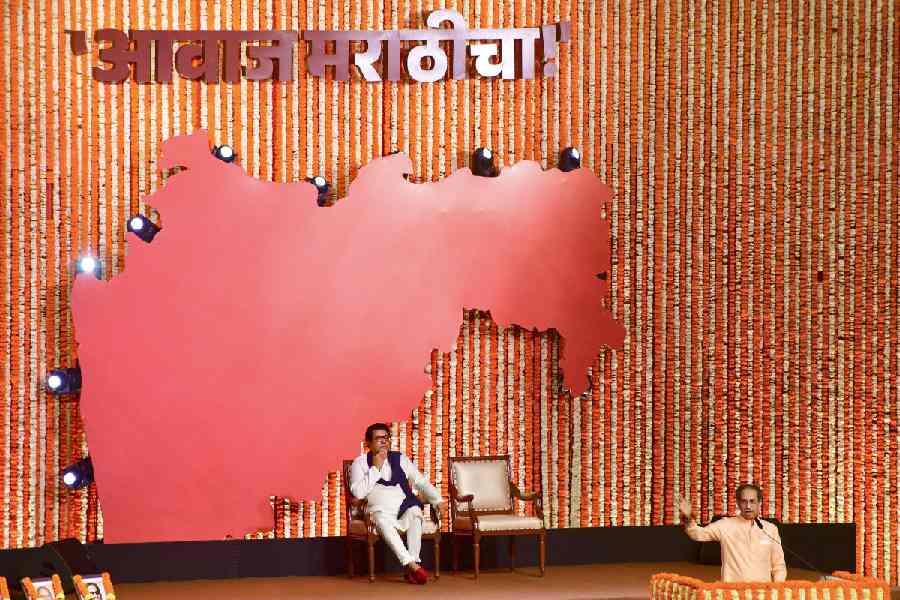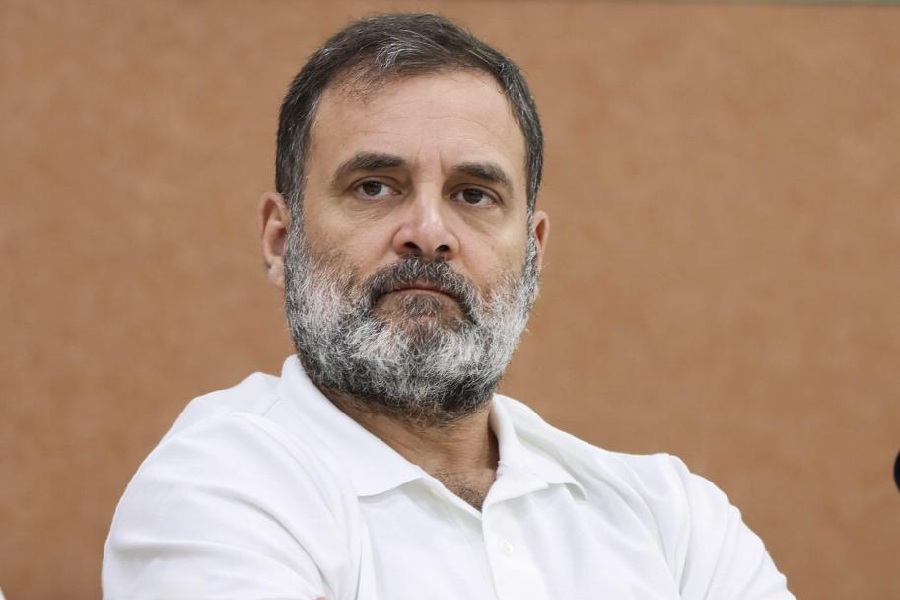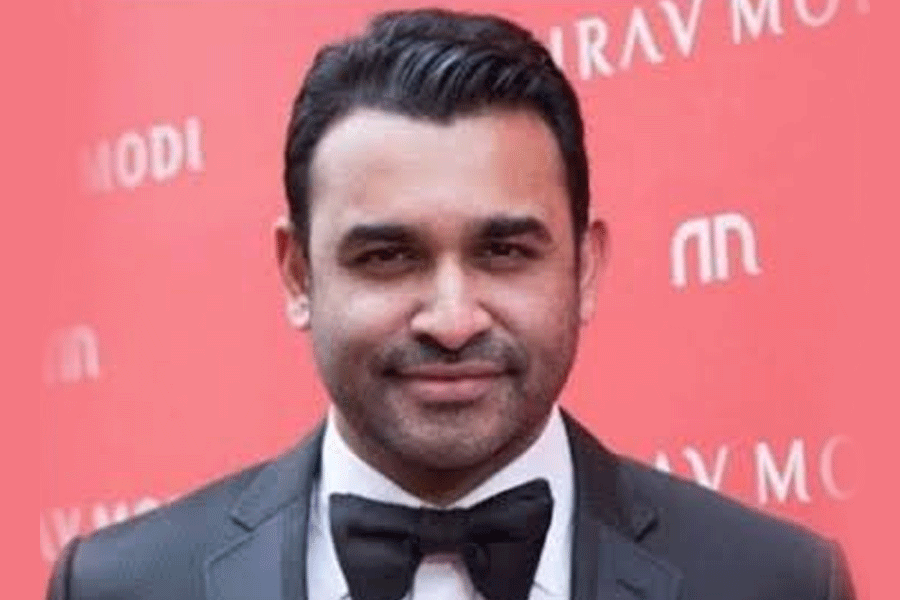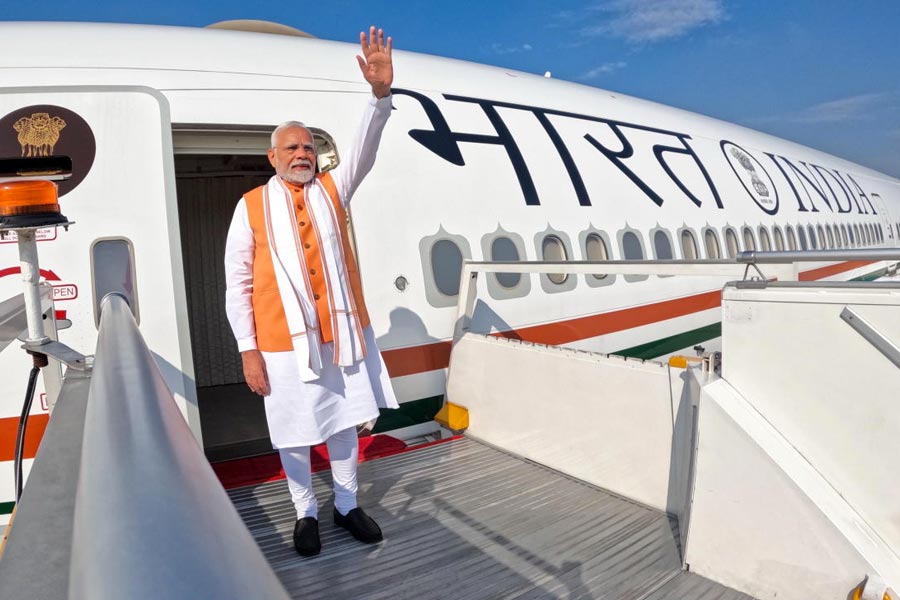CALCUTTA
Great loss
Sir - The demise of the former captain of the Australian cricket team, Richie Benaud, on April 10 has created a void in the international cricket community ("Steve: A role model for life", April 11). Benaud was an outstanding all-rounder. In the 63 Test matches he played between 1952 and 1964, Benaud claimed 248 wickets. His leg spin and top spin deliveries, along with his googlies, were dangerous for batsmen. His best wicket haul occurred in Madras against India in 1956 - he took seven wickets for 72 runs. He also handsomely contributed to his team's success with the bat - he amassed 2,201 Test runs, which included three centuries, the highest being the 122 runs he made against South Africa at Johannesburg.
Benaud, along with Alan Davidson, made the Australian team nearly invincible in the late 1950s and the early 1960s. Benaud became the skipper in 1958 and led from the front till his retirement in 1964. He captained his side in 28 Tests, 12 of which they won. In the early phase of his career, he hit 100 runs against the West Indies in 78 minutes, the third fastest Test century of all time in terms of minutes. Benaud had a profound knowledge of cricket; he could analyse various situations on the field with clinical accuracy. Many of us grew up listening to his commentary. In his review of Benaud's autobiography, Anything But, the Sri Lankan cricket writer, Harold de Andrado, had rightly written: "Richie Benaud, possibly next to Sir Don Bradman, has been one of the greatest cricketing personalities as player, researcher, writer, critic, author, organiser, adviser and student of the game."
Yours faithfully,
Indranil Sanyal, Calcutta
Sir - The veteran former cricketer and television commentator, Richie Benaud, passed away recently at the age of 84. He had been fighting skin cancer. I still have memories of the Test match between India and Australia at the Eden Gardens in January 1960, which ended in a draw. I had paid Rs 20 for a season ticket. India's hopes of a victory were shattered on the first day of the Test; we were lucky to have managed a draw. During that Test, the stylish Indian player, M.L. Jaisimha, became the first batsman to bat on all five days of a Test match. Although Benaud took seven wickets in both the innings India played, it was his captaincy and field placements that impressed spectators, along with his respectful approach towards his opponents, a quality that subsequent Australian teams lacked. Benaud's greatest contribution to cricket was his pivotal role in the formation of the World Series Cricket in the 1970s. He was one of the most recognized commentators, anchoring Channel Nine's cricket coverage for decades. His death is a great loss to cricket.
Yours faithfully,
Bidyut Kumar Chatterjee,Faridabad
BIHAR
Safety hazard
Sir — The posters and banners of different political parties that cover the walls of the state capital and dot the skyline are a nuisance. With the assembly elections round the corner, Patna residents have to witness protest marches and rallies everyday. Buntings and propaganda material praising political leaders abound on the streets. Most of this material is put up in the wrong places, such as on roundabouts and road dividers, thus posing a risk for commuters. A few days back, when I was passing the ‘income tax roundabout’, one of the banners that had been set up on an electricity pole suddenly fell on my bike. Luckily, I managed to escape unhurt.
One finds that all of Patna’s roundabouts have been covered with huge banners. Commuters passing through the zone are always at risk, since many of the banners are not securely set up. Frazer Road, which passes from the Dak Bungalow roundabout towards the Bata Mor, has huge banners being put up on the road divider before every major rally. Owing to this, visibility on either side of the road gets compromised. This is very risky for drivers who may need to take U-turns. It seems that the Patna traffic police, the Patna municipal corporation and the district administration have all decided to turn a blind eye to these irregularities.
Yours faithfully,
Sudhir Kumar Sanjay, Patna
Find a solution
Sir — For the past one week, academic activity has been hampered severely because of the strike called by the non-teaching employees of Patna University. The striking employees have closed down all educational institutions that fall under the purview of the university. Classes have been suspended, as have the examinations. The striking non-teaching staff appear to be in no mood for negotiations with the varsity officials. The latter are also adamant in their stand. The Patna University vice-chancellor, Y.C.
Simhadri, has reportedly gone a step forward and stopped the distribution of the salaries of the non-teachings staff for the month of March. The strike is a clear case of a clash of wills between the university officials, particularly the vice-chancellor, and non-teaching employees. In all this, students and teachers are being made to suffer unnecessarily.
Students are worried about the academic calendar and if the syllabus will be completed, or if examinations will be held on time. Owing to the suspension of work, teachers are not even being allowed to enter the college or carry out their evaluation duties. I urge the state government, especially the education department, to resolve the impasse. The education minister, P.K. Shahi, and education department officials should organize a meeting between Simhadri and the non-teaching staff. In the larger interest of the students, the non-teaching employees and the varsity administration should discuss the issue so that a solution is found at the earliest.
Yours faithfully,
Gopal Narayan Sinha, Patna
ORISSA
A changed city
Sir — It is evident from Sitakant Mahapatra’s article that the fast-growing state capital, which was once the prosperous epicentre of the Kalinga empire, has today become a mixed collage of the modern and the old (“Daily encounter with shadows of history”, April 15). The way the historical monuments are sought to be preserved violates all norms of conservation. Modern buildings are permitted to come up near historic ones. The development authority often amends regulations, thereby giving a scope to people with vested interests to build multi-storied buildings in heritage zones. We need better plans for the upkeep of heritage structures.We have to learn how to mix modernity with old-world charm. Cultural organizations must come forward to educate the public, politicians and the administrators.
Yours faithfully,
Ipsita Swain, Balasore
Sir — The recent article by Sitakant Mahapatra threw light on some interesting aspects of Bhubaneswar’s growth. The author has rightly noted the craze for business, eateries and beauty salons in the city. From a temple city it has become an education hub. It is true that some of the changes have made Bhubaneswar an important place where people from all states come for professional and educational reasons. It would be interesting to know what Mahapatra thinks of beggars, slums and other negative elements like urban encroachment.
Yours faithfully,
Samita Das, Bhubaneswar
Sir — On the occasion of the 67th foundation day of Bhubaneswar, the column by the Padma Vibhushan awardee, Sitakant Mahapatra, was a marvellous summation of the various facets of the state capital. His argument that the city has two distinct personas defines the essence of present-day Bhubaneswar. Mahapatra has drawn attention to the depleting green cover of the city. The writer’s experience of having lived for four decades in the city gives us a valuable insight into the changes the city has undergone.
Yours faithfully,
Paresh Kumar Rout, Puri
Sir —With its high crime rate, crazy traffic and expensive commodities, Bhubaneswar makes living difficult, as compared to the rest of Odisha. While riches seem to have accumulated in the capital, there are still the Kalahandi, Bolangir and Koraput regions in the state that show the real economic situation of most of Odisha’s population. To that extent, the author’s observation that “Odisha continues to be India in miniature with its pockets of acute poverty co-existing with a fast growing economy” is very true.
Yours faithfully,
Nishant Pati,Bhubaneswar










